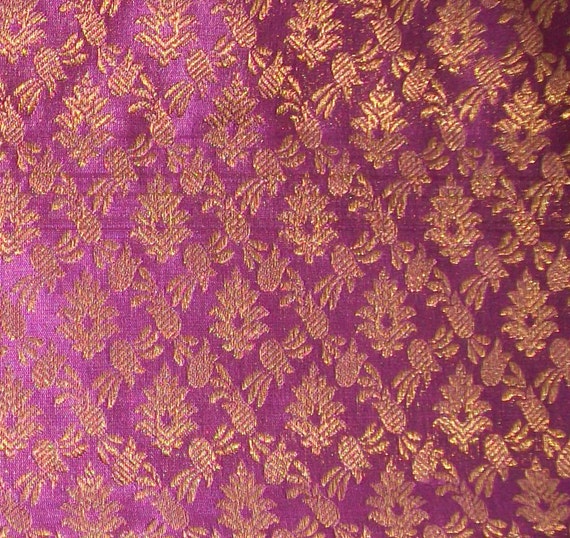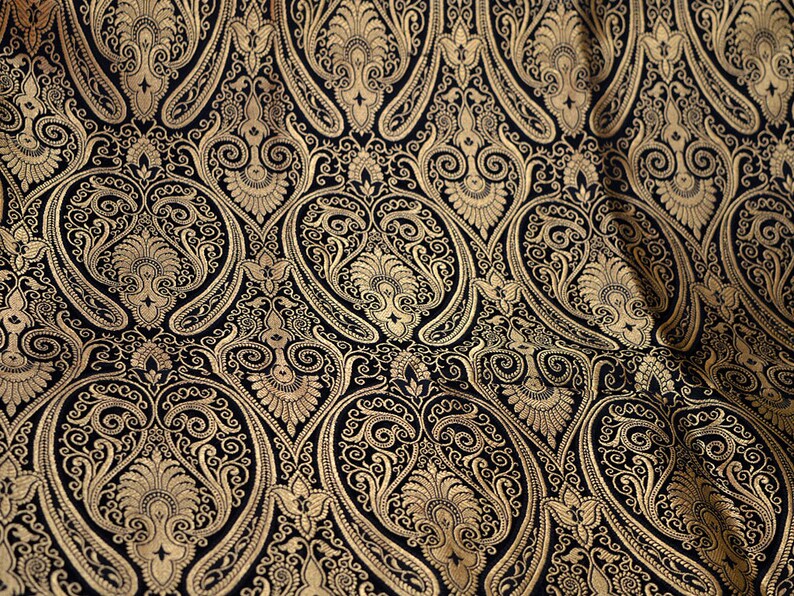
While silk remained the most popular damask material throughout the Renaissance and Enlightenment, weavers still experimented with woolen and cotton damasks as well. By the Middle Ages, the popularity of this fabric style lessened everywhere aside from Spain, which remained occupied by Muslims until the 15th century. It’s unclear exactly when the peoples of the Middle East started weaving fabric in damask patterns, but historians have long recorded that damask, tabby, twill, tapestry, and lampas are the five main textile products of the glory days of Byzantium and Arabia. At the time, nations within the borders of modern France and Italy were the mercantile centers of the world, so most types of textiles were inspected and categorized by French merchants at one point or another. The first mention of “damask” in the West was in a document from 14th-century France. Traditionally, damask fabric was made from silk, cotton, or wool, but synthetic damask weaves are now available also. These days, however, it’s easy to make incredibly complex damask patterns with modern textile machines.

Known for its intricate and reversible patterns, damask fabric is prized for its ornateness.

Generally not stretchy, but varies depending on the fabric usedīiggest exporting/producing country todayĭepends on the type of fabric used-India, Australia, or Chinaĭepends on the type of fabric used - Synthetic fabrics generally cannot be washed at high temperaturesĮvening gowns, shirts, jackets, upholstery, rugs, tapestries, tablecloths, napkins, table runners, scarves, handbags, damask-style wallpaperĪnaconda Cut-velvet-petrol What is damask fabric?ĭamask fabric is named for Damascus, which is where this textile product originated. Natural damasks are more breathable than artificial damasks Natural or artificial fibers woven in a combination of warp-faced satin and weft-faced sateen weavesĭepends on the type of fabric used - usually reasonably breathable


 0 kommentar(er)
0 kommentar(er)
